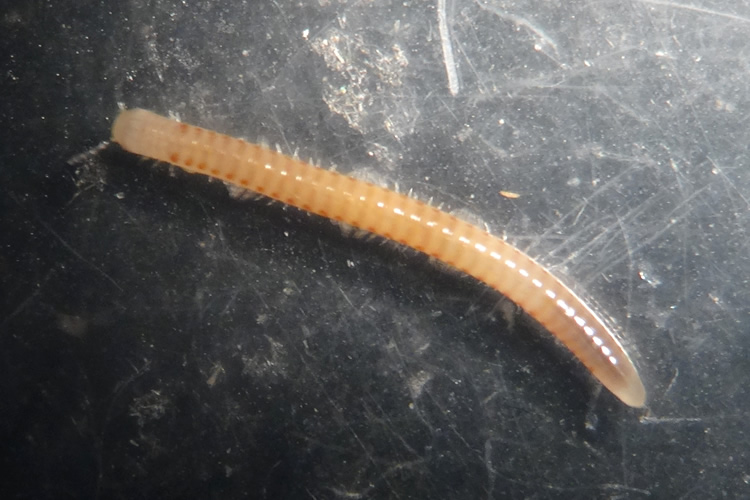Cylindroiulus parisiorum (Brölemann & Verhoeff, 1896)
Status:
- GB IUCN status: Least Concern
- GB rarity status: Nationally Scarce
ID Difficulty
Identification
This millipede, lacking a projecting telson, is superficially similar in appearance to the closely related C. britannicus, C. latestriatus and the scarce C. truncorum.
Although they differ subtly in morphology, these four species are only reliably identified by dissection of adult specimens, ideally males.
Distribution
The distribution of this species appears to be centred on East Anglia and southern England. It has been recorded just twice from Wales, once from Ireland and not at all from Scotland.
The species has been most frequently recorded in Britain but is known also from widely scattered locations across central Europe (Kime, 1990a). Confusion with C. truncorum may explain, at least in part, the dearth of central European records (Kime, 1999).
Habitat
In Britain the species has been recorded from synanthropic sites as well as semi-natural grassland and woodland. The only Irish record was from a synanthropic population (Doogue et al., 1993). Analysis of the habitat data suggests no strong association with any of the habitats or environmental factors considered. In continental Europe it has mainly been recorded from synanthropic sites but also from semi-natural habitats in Belgium (Kime, 1999) and in Switzerland (Pedroli-Christen, 1993). In semi-natural habitats it is usually found under loose bark or otherwise closely associated with decaying wood (Kime, 2004). Many of the British records from synanthropic sites are also associated with decaying wood.
Phenology
Adults have been collected in each month from February through to June and September through to December. It remains to be seen whether adult females are also present in July and August and hence survive to breed in more than one season.
This species account is based on Lee (2006).
Links
MilliBase - Global catalogue of Millipedes: https://millibase.org/aphia.php?p=taxdetails&id=945209





